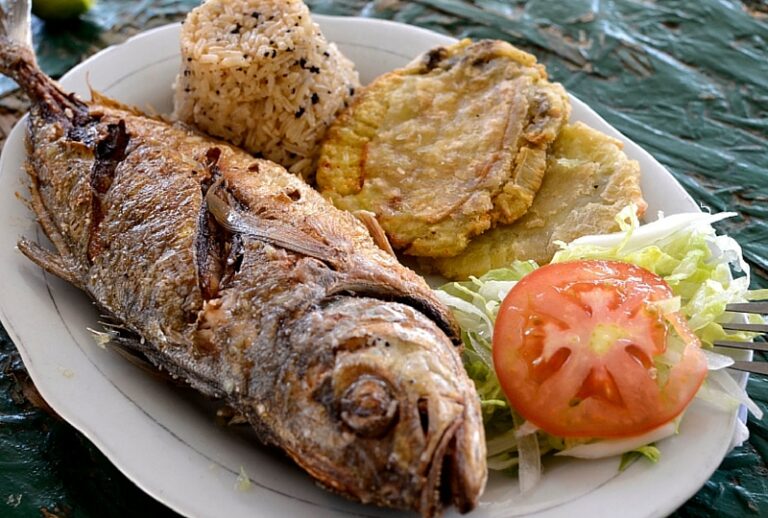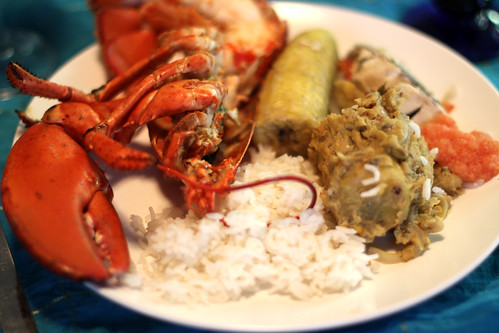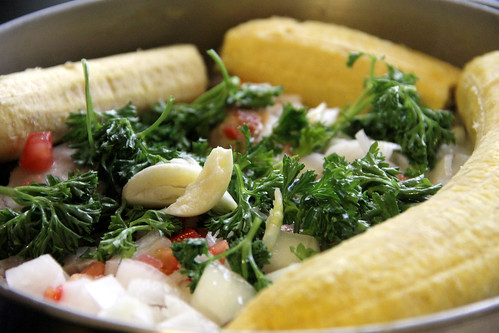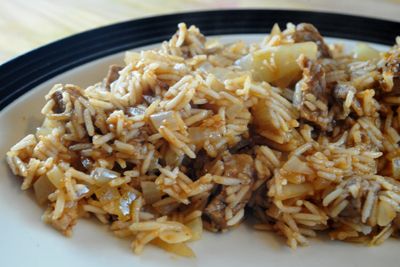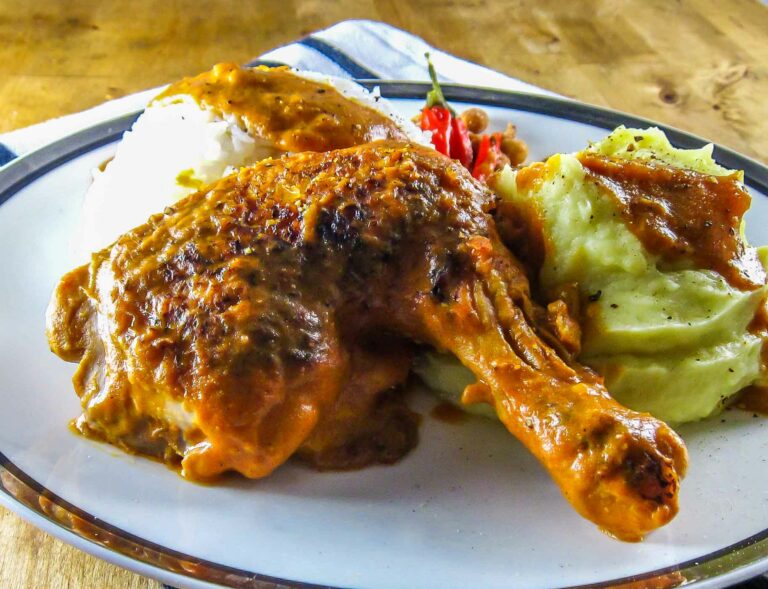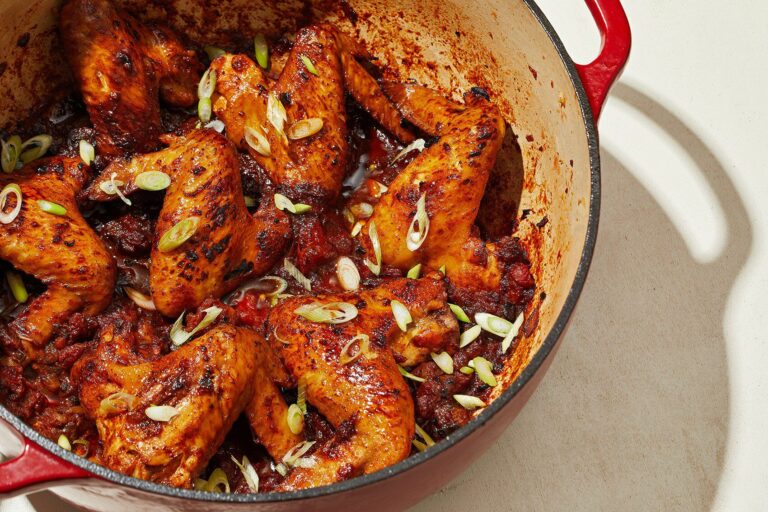Introduction: Colombian street food culture
Colombian street food culture is a vibrant and diverse scene that offers a delicious culinary experience to locals and tourists alike. Food vendors can be found on almost every street corner, serving up traditional dishes that are rich in flavor and heritage. Colombian street food is influenced by the country’s diverse regions, with each area having its own unique cuisine. From the coast to the mountains, visitors can find something to satisfy their taste buds.
Arepas: Classic corn cakes filled with cheese or meat
Arepas are a staple in Colombian cuisine and a must-try street food. These classic corn cakes are made from ground corn dough and can be filled with a variety of ingredients such as cheese, meat, or vegetables. Arepas are usually grilled or baked, which gives them a crispy texture on the outside and a soft and fluffy interior. They are often served with butter and a cup of coffee for breakfast, or as a snack throughout the day.
Empanadas: Fried or baked pastry filled with meat or vegetables
Another classic Colombian street food is the empanada. These savory pastries are filled with meat, vegetables, or cheese and can be fried or baked. Empanadas are a popular snack throughout Colombia and can be found in almost every street market. They are often served with hot sauce and lime wedges, which add a tangy and spicy flavor to the dish. Empanadas are a crunchy and satisfying snack that can be enjoyed any time of the day.
Churros: Fried dough pastry with sugar and cinnamon
Churros are a popular street food in Colombia. These fried dough pastries are sprinkled with sugar and cinnamon and can be filled with chocolate or caramel. They are often served hot and crispy, making them the perfect treat on a chilly evening. Churros can be found in many street markets and are a great snack to share with friends.
Papas rellenas: Mashed potato balls filled with meat and vegetables
Papas rellenas are a delicious Colombian street food that consists of mashed potato balls filled with meat and vegetables. They are usually deep-fried, which gives them a crispy texture on the outside and a soft and flavorful filling on the inside. Papas rellenas are often served with hot sauce or mayonnaise, which adds a tangy and creamy flavor to the dish.
Lechona: Slow-roasted pork stuffed with rice and spices
Lechona is a traditional Colombian dish that is often served at special occasions and festivals. It consists of a whole pig that is slow-roasted and stuffed with rice and spices. The result is a tender and flavorful dish that is popular throughout the country. Lechona is often served with arepas and hot sauce, which complements the rich flavor of the pork.
Chicharrón: Crispy fried pork belly or pork rinds
Chicharrón is a popular Colombian street food that consists of crispy fried pork belly or pork rinds. It is often served with arepas, yuca, or potatoes, and is a favorite snack throughout the country. Chicharrón is crunchy and savory, making it the perfect snack to munch on while exploring the streets of Colombia.
Conclusion: Explore the diverse and delicious Colombian street food scene
Colombian street food offers a diverse and delicious culinary experience that is not to be missed. From the classic arepas to the savory chicharrón, there is something to satisfy everyone’s taste buds. Exploring the street food scene in Colombia is a great way to experience the country’s rich culture and heritage. So, the next time you are in Colombia, make sure to try some of the delicious street foods that the country has to offer.

